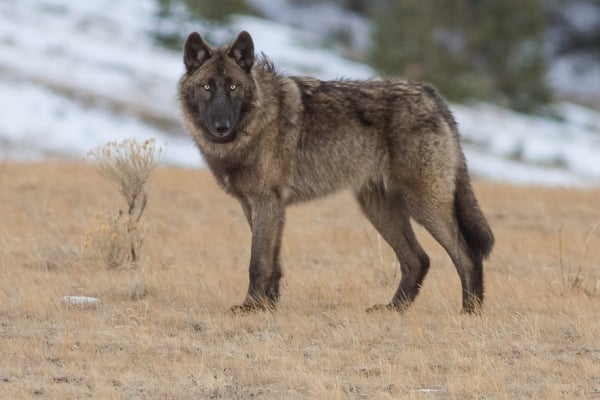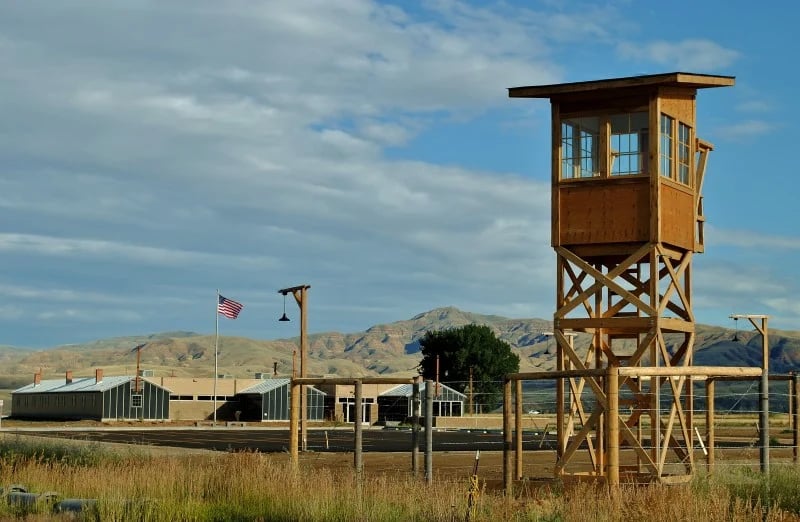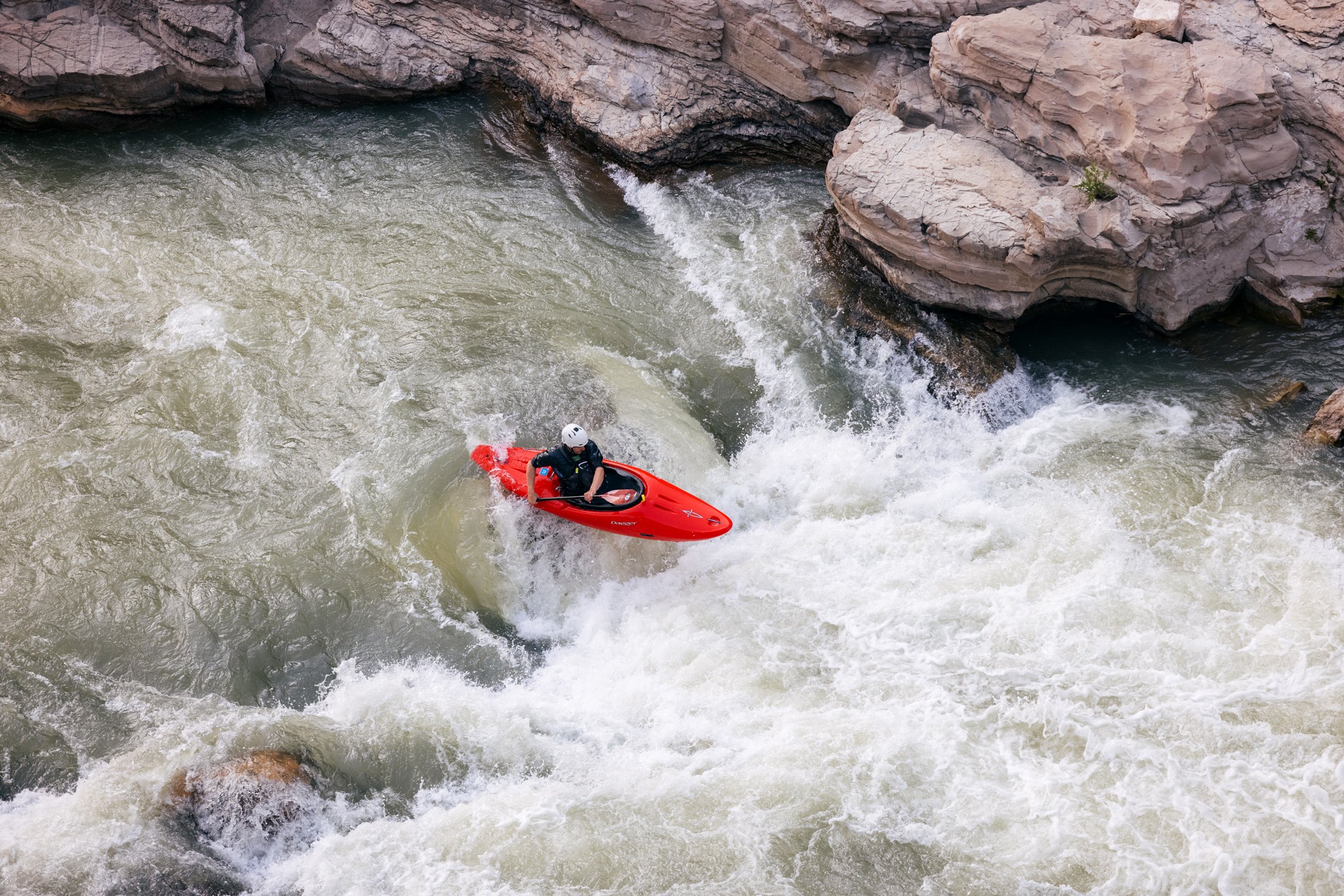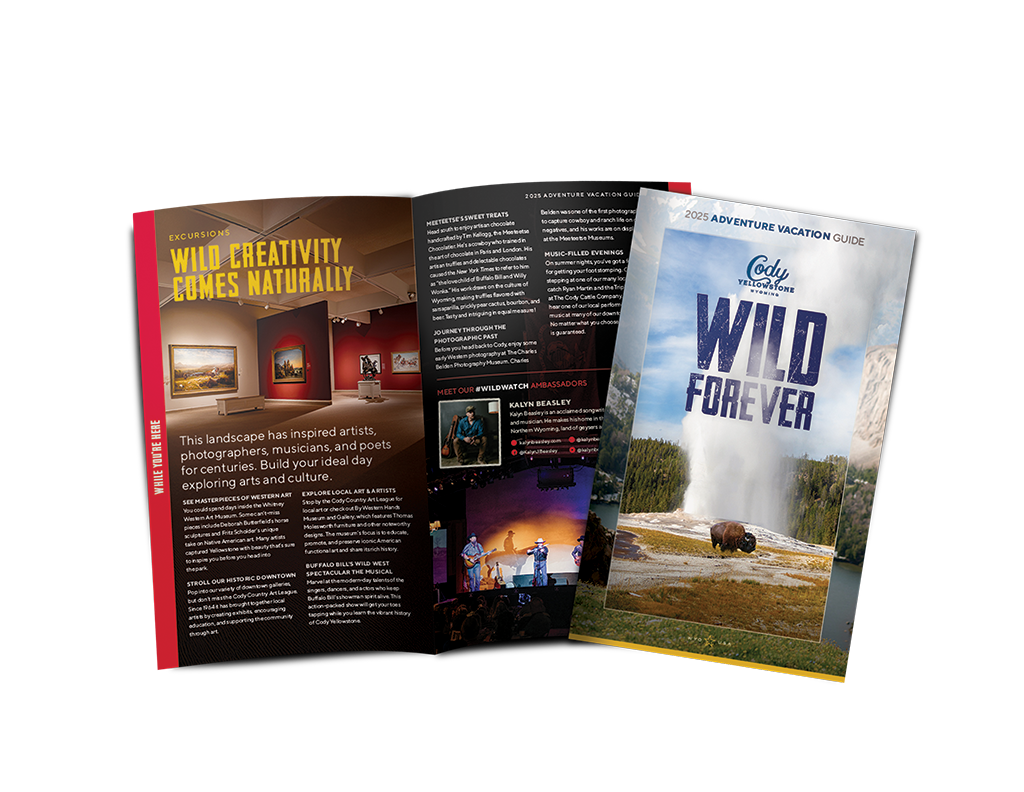

April 21, 2025

April 21, 2025

March 31, 2025

March 27, 2025



CODY, Wyo., November 20, 2020 – As Cody readies for its 125th anniversary next year, it’s a good time to reflect upon the extraordinary vision of its famous founder, Buffalo Bill Cody.
After first traveling through northwestern Wyoming’s Bighorn Basin in the 1870s, Cody always remembered the region’s breathtakingly beautiful mountains, rivers and quirky rock formations as well as its abundant wildlife and proximity to Yellowstone National Park, which had become the world’s first national park in 1872. It was clearly his kind of place, and in the mid-1890s, Cody began his years-long mission to establish and build the town that bears his name.
At this point in his career, he’d been – to varying degrees of success – a trapper, bullwhacker, Pony Express Rider, Colorado “Fifty-Niner,” wagon master, stagecoach driver, Civil War soldier, hotel manager and scout for the U.S. army. He launched the career that would make him the most famous man in the world in 1872, when he played himself in a show that evolved into “Buffalo Bill’s Wild West Show.” In 1896, he added “town founder” to his resume.
Over the years, he successfully steered the course of the growing town. He built a dam so there would be a reliable water source. He laid out the streets so they’d be wide enough for horse-drawn carriages to easily turn around (a feature that makes driving through Cody a breeze today), and he built the elegant Irma Hotel to house travelers on their way to Yellowstone. Those moves were just for starters. At the time of Buffalo Bill’s death in 1917, the town he founded had become a promising and popular destination.
“Buffalo Bill Cody was a man who spent his life surprising those around him,” said Claudia Wade, director of Cody Yellowstone, the marketing arm of the region that includes the towns of Cody, Powell and Meeteetse as well as the valley east of Yellowstone National Park. “He surprised a railroad with his hunting prowess, a queen with his charm and women and American Indians with his new-fashioned sense of fairness and tolerance. But as forward-thinking as he was, even he could not have imagined what would become of the town that bears his name.”
These are some of the developments in his namesake town and in Yellowstone might just knock Buffalo Bill off his horse if he were alive today.
He started it, and rodeo is still a thing.
Buffalo Bill’s very first Wild West Show, which he first staged in North Platte, Neb. in 1882, helped inspire professional rodeo as it is today. When the Wild West Show went on tour, the combination of skill and showmanship prompted audiences to romanticize and novelists to popularize life in the “Wild West.” Today, equestrians, cowboys and rodeo bull fighters perform their tricks and showcase their talents at the Cody Nite Rodeo, the longest running summer-season nightly rodeo in the U.S.
The museum that bears his name is a world-class destination.
Just weeks after his death, Cody’s friends formed the Buffalo Bill Memorial Association, which has morphed into the Buffalo Bill Center of the West, a complex of five museums that is affiliated with the Smithsonian Institute and has been named the top Western museum in the country.
The newspaper he founded is still tops.
Buffalo Bill Cody and his associate John Peake established the Cody Enterprise in 1899, and the continuously operated semi-weekly newspaper has won many awards for journalistic excellence throughout its history.
Cody has grown, but not that much.
There are now nearly 10,000 full-time residents of Cody. That’s downright urban compared to the town’s population of about 1,200 around the time of his death, but it is still a small town by most standards.
The American Bison was rescued from extinction.
Buffalo Bill and other 1800s hunters dramatically depleted the free-roaming herds of bison. In one 18-month period in the late 1860s, Cody killed more than 4,000 bison to feed railroad workers. By 1901, there were only 25 bison in nearby Yellowstone National Park. Cody might be surprised that painstaking conservation efforts in Yellowstone and elsewhere were able to repopulate the species. Today, there are nearly 5,000 bison roaming the region.



